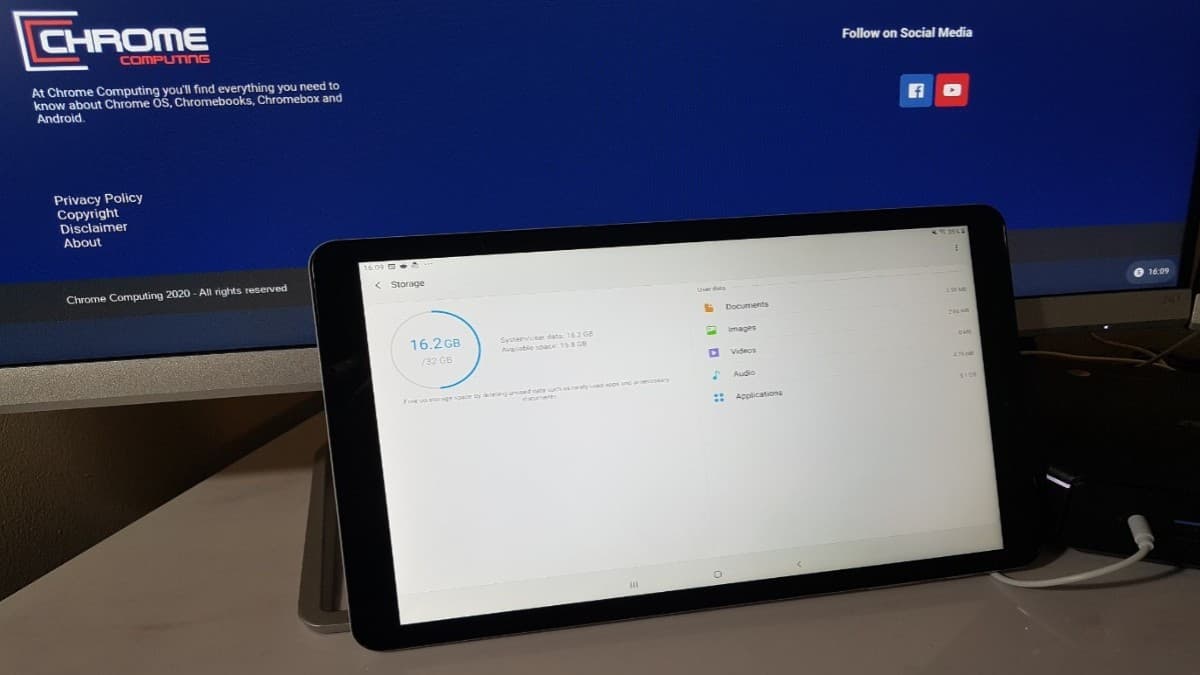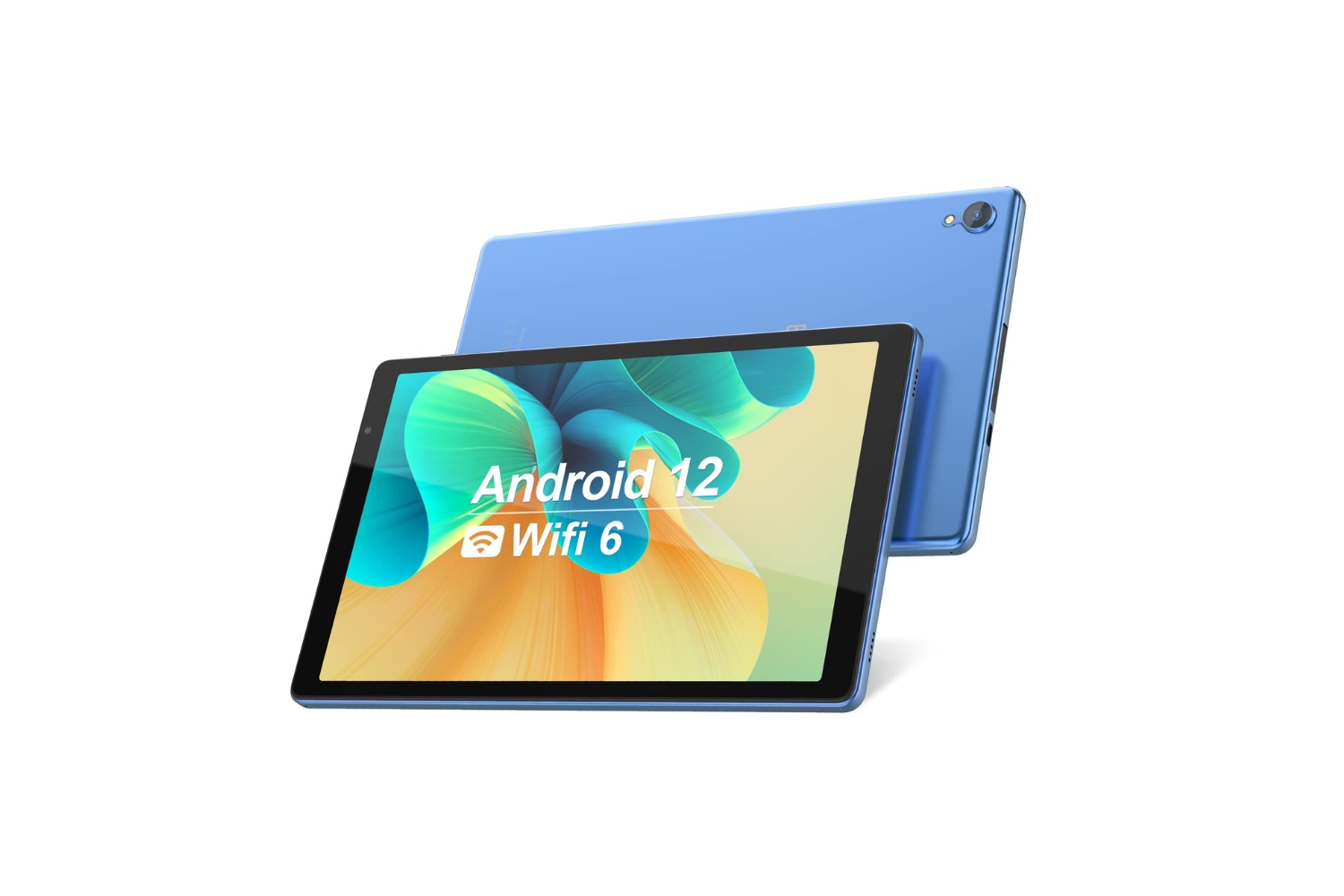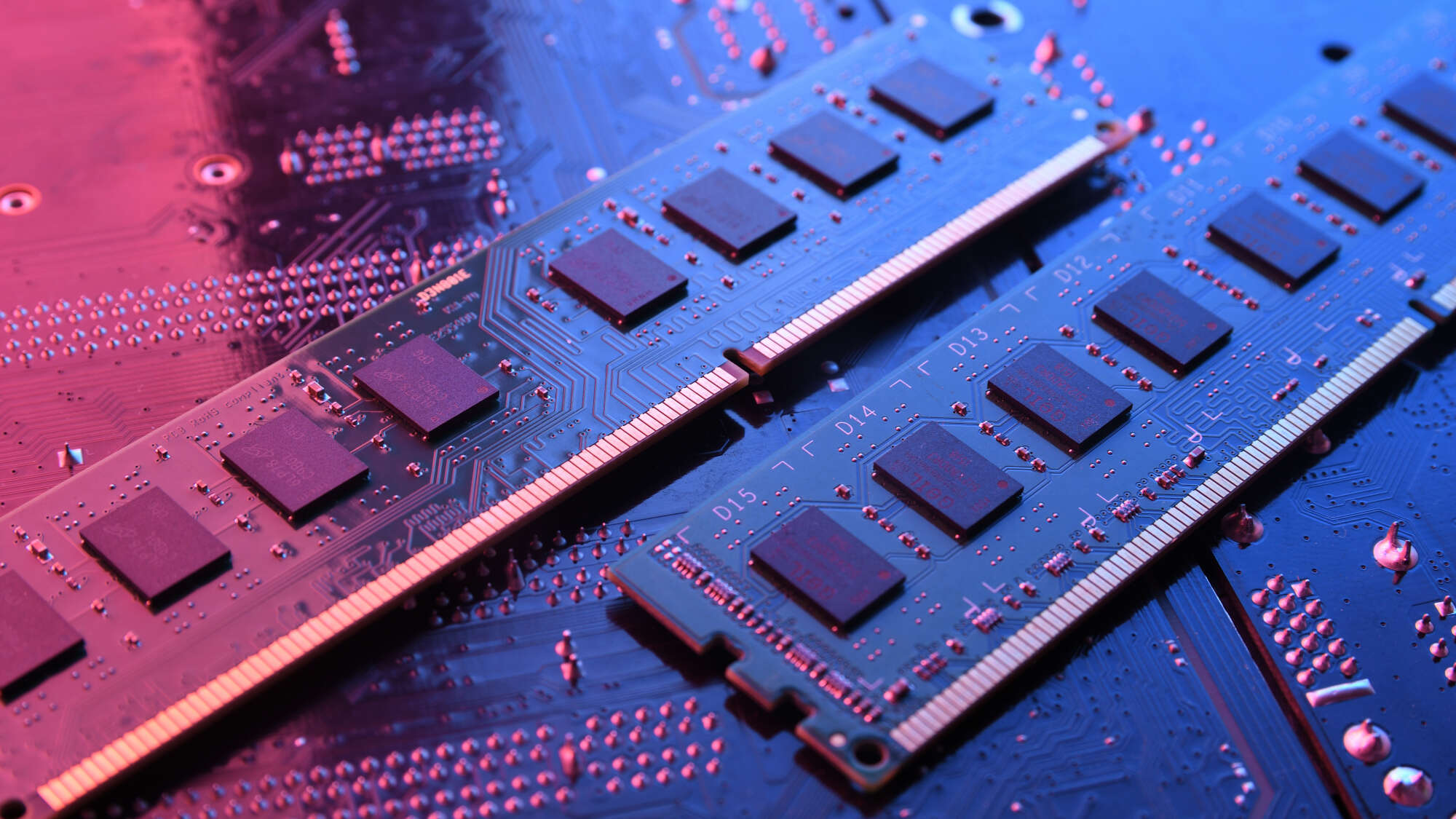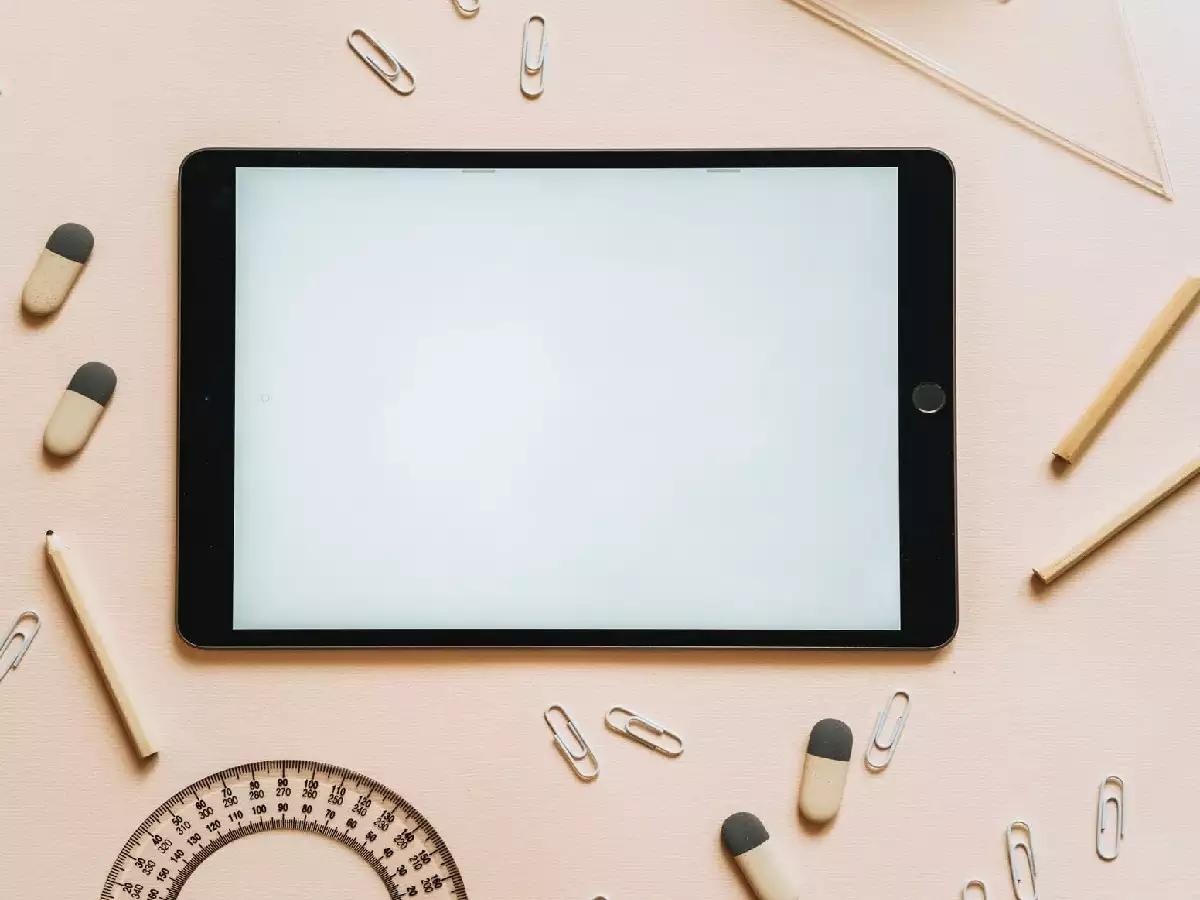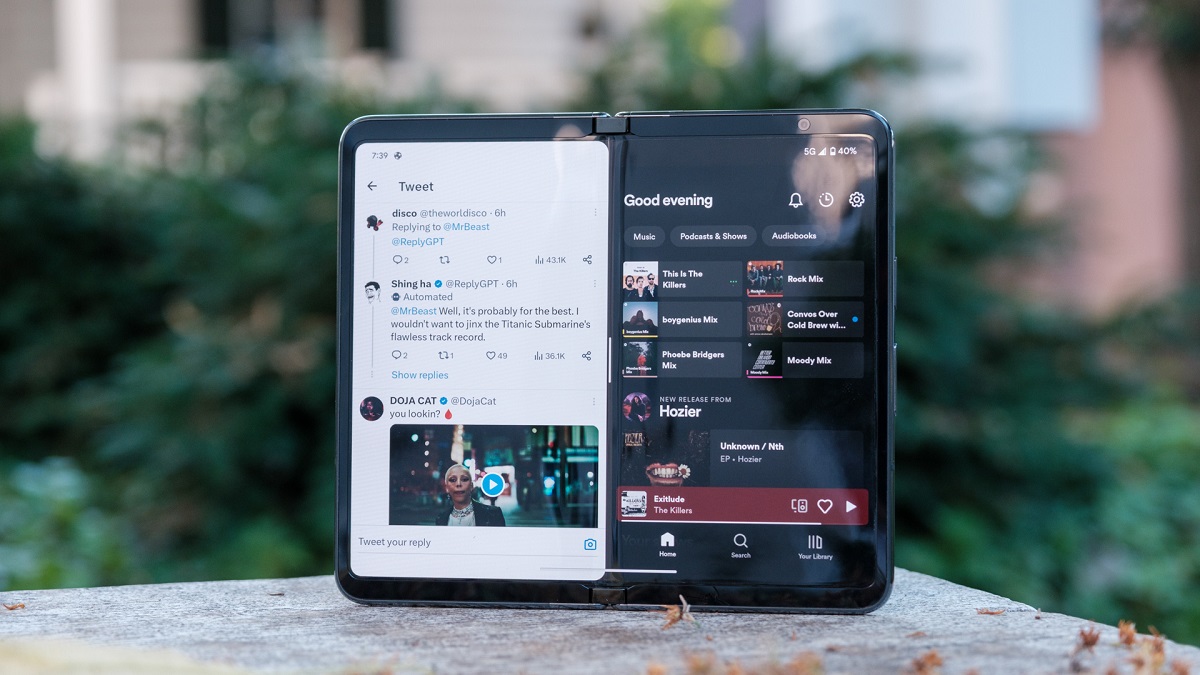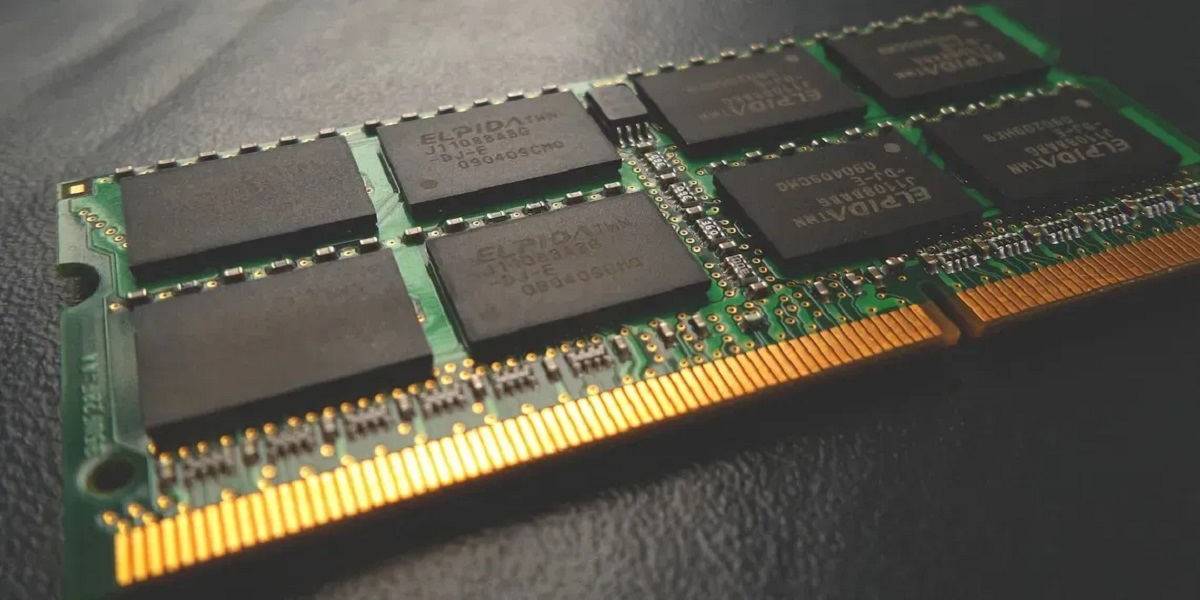Introduction
Welcome to the world of tablets! These portable devices have become an integral part of our daily lives, offering a compact and versatile computing experience. Whether you use your tablet for work, entertainment, or both, one crucial factor that can greatly impact its performance is the amount of RAM it has.
RAM, or Random Access Memory, is a type of computer memory that allows devices to store and quickly access data for immediate use. In simple terms, it serves as the temporary workspace for your tablet to run applications, load videos, surf the web, and perform various tasks.
Have you ever experienced your tablet slowing down, freezing, or crashing? The lack of sufficient RAM could be the culprit behind these frustrating moments. That’s why understanding how much RAM you need for your tablet is vital to ensure a smooth and enjoyable user experience.
In this article, we will delve into the importance of RAM for tablets and explore the factors you should consider when determining how much RAM you need. We will also discuss the minimum RAM requirements for different tablet activities, recommend RAM allocations for different types of tablet users, and explain how RAM affects multitasking and overall performance. Additionally, we will provide insights into the RAM options available in the current tablet market and offer guidance on how to check the RAM on your tablet.
So, if you’re ready to optimize your tablet’s performance and make the most out of your digital endeavors, let’s dive into the fascinating world of tablet RAM!
Why is RAM important for a tablet?
RAM plays a vital role in the overall performance and responsiveness of a tablet. It serves as the bridge between the device’s processor and storage, allowing for quick retrieval and manipulation of data. Here are a few reasons why RAM is essential for a tablet:
- Smooth multitasking: Tablets are often used for multitasking, such as browsing the web, streaming videos, and running multiple applications simultaneously. Sufficient RAM ensures that these tasks can be handled smoothly without any lag or performance issues.
- Faster app loading times: When you launch an app on your tablet, it needs to be loaded into RAM for it to run efficiently. The more RAM your tablet has, the faster apps can be loaded, reducing waiting times and enhancing the overall user experience.
- Efficient app switching: RAM allows your tablet to keep recently used apps in memory, making it easier to switch between them seamlessly. This is especially useful when you need to quickly access information from one app while working in another.
- Enhanced web browsing: Web browsing can be resource-intensive, especially when you have multiple tabs open or are accessing content-rich websites. Sufficient RAM ensures that web pages load quickly and smoothly, providing a seamless browsing experience.
- High-quality multimedia: Tablets are often used for media consumption, including watching videos, playing games, and listening to music. With ample RAM, your tablet can handle high-definition content and graphic-intensive games without any performance hiccups.
Without adequate RAM, your tablet may struggle to perform these tasks efficiently, leading to sluggishness, frequent app crashes, and overall frustration. By investing in a tablet with sufficient RAM, you can ensure a smooth and responsive user experience, enabling you to make the most out of your device.
Factors to consider when determining how much RAM you need
Choosing the right amount of RAM for your tablet can greatly impact its performance and effectiveness. To determine how much RAM you need, consider the following factors:
- Intended Use: Think about how you plan to use your tablet. If you primarily use it for basic tasks like web browsing, email, and social media, a tablet with 2-4GB of RAM should suffice. However, if you’re into resource-heavy activities like gaming, video editing, or running professional applications, you may want to opt for a tablet with 6-8GB or more of RAM.
- Future Proofing: Consider how long you intend to keep your tablet and whether you plan to upgrade it in the future. If you want your tablet to remain capable of handling newer apps and technologies, it’s best to choose a model with more RAM to ensure better longevity and optimal performance.
- Operating System: Different operating systems have varying RAM requirements. For example, Android tablets generally require more RAM to run efficiently compared to their iOS counterparts. Keep this in mind when determining the amount of RAM you need for your tablet.
- Budget: RAM capacity is often directly proportional to the price of a tablet. Higher-end tablets with more RAM tend to be more expensive. Therefore, consider your budget and weigh it against your requirements to strike the right balance between performance and cost.
- Storage Capacity: In some tablets, the amount of RAM is tied to the storage capacity. For instance, certain models may offer higher RAM configurations only with larger storage options. If you require ample storage for media files, apps, and documents, you may need to choose a tablet with higher RAM to get the desired storage capacity as well.
By carefully considering these factors, you can make an informed decision about the amount of RAM that best suits your needs and budget. Remember that having more RAM than you currently need can future-proof your tablet and provide a smoother and more enjoyable user experience.
Minimum RAM requirements for different tablet activities
The amount of RAM required for different tablet activities can vary depending on the intensity of the task and the specific app or software being used. While these are approximate guidelines, here are the minimum RAM requirements for common tablet activities:
- Web Browsing & Social Media: For basic web browsing and using social media apps, a tablet with 2-4GB of RAM should be sufficient. This will allow you to load webpages quickly, scroll smoothly, and use social media apps without any noticeable lag.
- Email & Productivity: If you primarily use your tablet for email, word processing, spreadsheets, and other productivity tasks, a tablet with 2-4GB of RAM will typically meet your needs. This amount of RAM allows for smooth app switching and multitasking.
- Streaming & Media Consumption: For streaming videos, watching movies, and listening to music, a tablet with 2-4GB of RAM should suffice. This amount of RAM ensures smooth playback and eliminates buffering issues.
- Gaming: Gaming can be resource-intensive, especially for graphics-intensive games. For a seamless gaming experience, it is recommended to have a tablet with at least 4-6GB of RAM. This will provide the necessary memory to handle the game’s graphics, physics, and background processes without any lag or performance issues.
- Video Editing & Graphic Design: If you plan to use your tablet for video editing, graphic design, or running professional applications, it’s recommended to opt for a tablet with 6-8GB or more of RAM. These tasks require a significant amount of memory to handle complex editing processes and multitasking.
Remember, these are minimum requirements, and if you want a smoother and more responsive experience, it’s better to opt for tablets with higher RAM configurations. It’s also worth noting that some apps have their own recommended minimum RAM requirements, so it’s essential to check the app specifications to ensure compatibility with your tablet’s RAM capacity.
Recommended RAM for different types of tablet users
The recommended amount of RAM for your tablet depends on your specific needs and usage patterns. Here are some recommendations based on different types of tablet users:
- Casual Users: If you primarily use your tablet for basic tasks like web browsing, emails, social media, and occasional media consumption, a tablet with 2-4GB of RAM should be sufficient. This will provide a smooth and responsive experience for everyday activities.
- Productivity Users: If you frequently use your tablet for productivity tasks such as document editing, multitasking with multiple apps, and intensive email management, you may benefit from a tablet with 4-6GB of RAM. This will ensure smooth app switching, efficient multitasking, and quicker loading times for productivity apps.
- Entertainment Users: For those who use their tablet primarily for media consumption, including streaming videos, gaming, and listening to music, it’s recommended to have a tablet with at least 4-6GB of RAM. This will allow for smooth playback, immersive gaming experiences, and seamless multitasking with entertainment apps.
- Professional Users: If your tablet serves as a powerful tool for professional tasks like graphic design, video editing, or running resource-intensive applications, it’s advisable to opt for a tablet with 6-8GB or more of RAM. This will provide ample memory to handle complex tasks, multitasking, and ensure smooth operation without any performance bottlenecks.
- Future-Proof Users: If you’re someone who wants their tablet to remain capable of handling future software updates and advancements, it’s recommended to go for a tablet with higher RAM configurations, such as 6-8GB or more. This will help ensure optimal performance and responsiveness as technology evolves.
Remember, these recommendations are intended as general guidelines, and your specific requirements may vary. It’s always a good idea to assess your usage patterns and consider any potential future needs to determine the appropriate amount of RAM to suit your individual preferences.
Impact of RAM on multitasking and performance
The amount of RAM in your tablet has a significant impact on its multitasking capabilities and overall performance. Here’s how RAM influences multitasking and performance:
- Seamless Multitasking: RAM allows your tablet to keep multiple applications and processes running simultaneously in memory. When you switch between apps or perform multiple tasks at once, having sufficient RAM ensures smooth transitions and prevents lag or delays in app switching. More RAM allows for a greater number of apps to be kept in memory, enabling seamless multitasking without compromising performance.
- Faster App Loading and Responsiveness: When you open an app on your tablet, it needs to be loaded into RAM to run efficiently. The amount of RAM available determines how quickly apps can load and how responsive they are during use. Sufficient RAM allows for faster loading times, smoother navigation within apps, and a more responsive user experience.
- Improved Performance with Resource-Intensive Tasks: RAM plays a crucial role in handling resource-intensive tasks like gaming, video editing, and running professional applications. These tasks require a significant amount of memory to store and quickly access large files, process complex graphics, and handle data in real-time. With ample RAM, your tablet can handle these tasks without performance bottlenecks, ensuring a smooth and efficient workflow.
- Reduction in App Crashes and Freezes: Insufficient RAM can lead to app crashes, freezing, and overall system instability. When your tablet runs out of available RAM, it starts swapping data with the internal storage (e.g., the page file), which is significantly slower. This process, known as virtual memory swapping, can cause apps to crash or hang. Having enough RAM prevents or minimizes the need for virtual memory swapping, reducing the likelihood of app crashes and freezing.
- Better Overall User Experience: With adequate RAM, you will experience a smoother, more responsive, and enjoyable user experience on your tablet. You can seamlessly switch between apps, browse the web without lag, play games without stuttering, and run multiple apps simultaneously without any noticeable slowdowns. The right amount of RAM optimizes your tablet’s performance and ensures that it can handle your everyday tasks seamlessly.
In summary, having sufficient RAM in your tablet enables smooth multitasking, faster app loading times, improved performance with resource-intensive tasks, and a generally better user experience. It allows your tablet to handle the demands of modern applications and ensures that you can work and play without frustrating slowdowns or performance issues.
RAM options available in the current tablet market
When it comes to the RAM options available in the current tablet market, there is a range of configurations to suit various user needs and budgets. Here are the common RAM options you can find:
- 2GB RAM: Tablets with 2GB of RAM are typically entry-level or budget-friendly options. They are suitable for light usage, such as web browsing, email, and basic productivity tasks. While they may not excel in handling intensive multitasking or resource-heavy applications, they can still provide a satisfactory experience for casual users with modest needs.
- 4GB RAM: Tablets equipped with 4GB of RAM are more common and offer a balance between affordability and performance. These tablets can handle multitasking, web browsing, media playback, and many productivity tasks without much difficulty. They provide a smoother user experience, quicker app loading times, and better performance for everyday usage scenarios.
- 6GB RAM: Tablets with 6GB of RAM offer a step up in performance, especially for more demanding tasks like gaming, video editing, and running multiple resource-intensive applications simultaneously. They allow for seamless multitasking, faster app switching, and smoother overall performance, making them suitable for power users and professionals.
- 8GB RAM and beyond: High-end tablets often come equipped with 8GB or even higher RAM configurations. These tablets cater to power users, gamers, and professionals who require top-notch performance for intense gaming, advanced multitasking, and running heavy-duty applications. Tablets with 8GB or more of RAM offer enhanced performance, smooth operation, and future-proofing for demanding tasks and software updates.
It’s worth noting that the RAM options available may vary depending on the tablet brand, model, and pricing tier. Some manufacturers offer the flexibility to choose different RAM configurations within a specific tablet model, allowing users to select the desired amount based on their needs and budget.
When purchasing a tablet, carefully consider your requirements and usage patterns to determine the appropriate RAM option. Remember that higher RAM configurations generally come with a higher price tag, so it’s essential to strike a balance between performance and budget to make an informed decision.
How to check the RAM on your tablet
If you’re curious about the amount of RAM your tablet has, there are a few ways to check it. Here are some methods to help you find out the RAM configuration on your tablet:
1. Settings Menu: Most tablets have a settings menu where you can find detailed information about your device. Go to the “Settings” app on your tablet and look for an option like “About” or “About Tablet.” Inside this section, you should find a “Memory” or “RAM” subsection that displays the total amount of RAM installed on your tablet.
2. System Information Apps: There are various system information apps available on app stores that can provide detailed information about your tablet, including the RAM capacity. Search for “system information” or “device info” apps and download a reputable one. Once installed, open the app and navigate to the section that displays RAM or memory information. It will show you the total amount of RAM installed on your tablet.
3. Manufacturer’s Website: If you know the exact model of your tablet, you can visit the manufacturer’s website for detailed specifications. Look for the product page or support section related to your model and check for the RAM specifications listed there. It should provide you with the information about the RAM configuration of your tablet.
4. Online Research: If the above methods don’t work or you’re unable to find the necessary information, you can search online for your tablet’s model and specifications. Many technology websites and forums provide detailed information about tablets, including RAM configurations. Type in your tablet’s model name or number and look for reliable sources that provide specifications for your device.
Remember, the steps to check RAM may vary slightly depending on the tablet’s make and model. If you’re unsure or unable to find the information using the above methods, referring to your tablet’s user manual or reaching out to the manufacturer’s customer support can provide you with accurate details about the RAM on your tablet.
Knowing the amount of RAM on your tablet can help you understand its capabilities and better optimize your device’s performance for your specific needs.
Conclusion
RAM plays a crucial role in the performance and multitasking capabilities of a tablet. Choosing the right amount of RAM is essential to ensure a smooth and responsive user experience, whether you use your tablet for casual browsing, productivity tasks, entertainment, or professional usage.
By considering factors such as your intended use, future-proofing needs, operating system requirements, budget, and storage capacity, you can determine the appropriate amount of RAM for your tablet. For casual users, 2-4GB of RAM should suffice, while power users and professionals may benefit from tablets with 6GB or more of RAM.
Having sufficient RAM allows for efficient multitasking, faster app loading times, improved performance in resource-intensive tasks, and a better overall user experience. It reduces the likelihood of app crashes and freezes, ensures smoother operation, and future-proofs your tablet to handle evolving technologies and software updates.
When considering RAM options in the tablet market, you will find various configurations ranging from budget-friendly options with 2GB of RAM to high-end models with 8GB or more. Choosing the right option depends on your specific needs, usage patterns, and budget constraints.
To check the RAM on your tablet, you can use the settings menu, system information apps, refer to the manufacturer’s website, or conduct online research. Knowing the RAM configuration of your tablet helps you optimize its performance and ensure compatibility with the apps and tasks you plan to run.
In conclusion, understanding the importance of RAM for your tablet and selecting the optimal amount based on your requirements will greatly enhance your tablet usage experience. So, take the time to evaluate your needs, explore your options, and choose a tablet with the right RAM configuration to unlock the full potential of your device.







